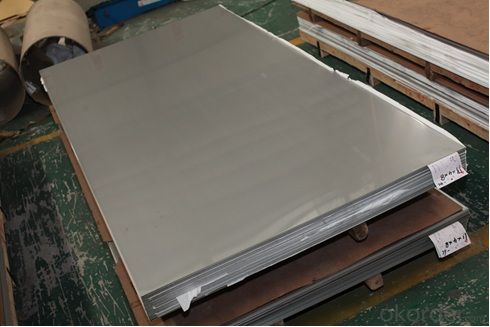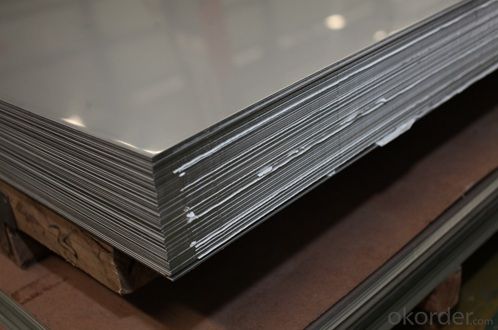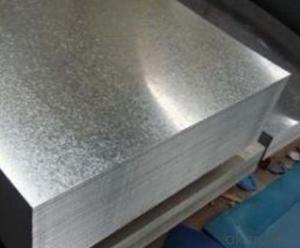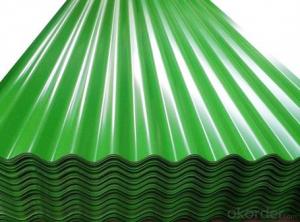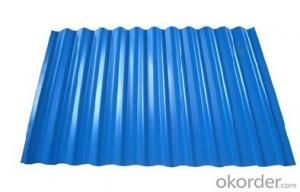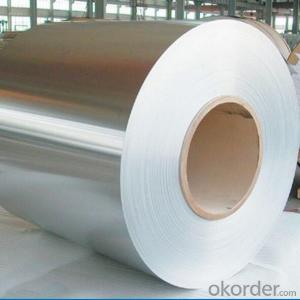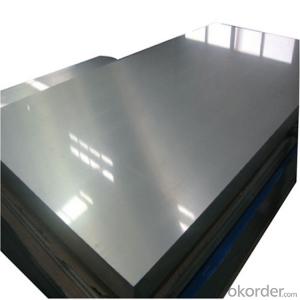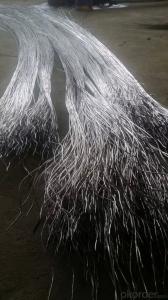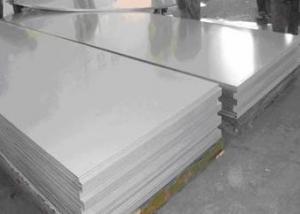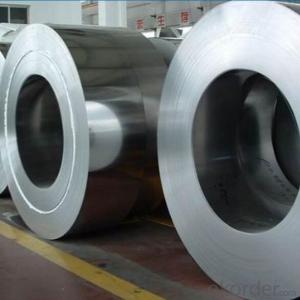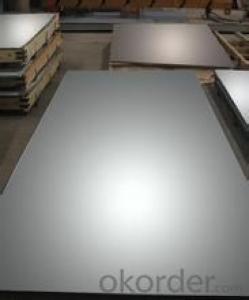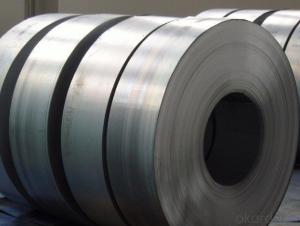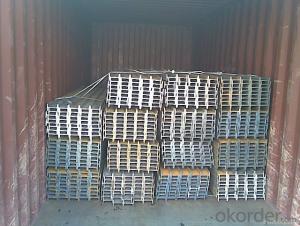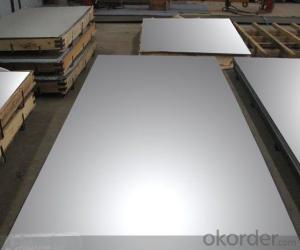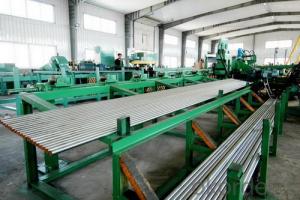SUS316L No. 1 Finish Stainless Steel Plate
- Loading Port:
- Tianjin
- Payment Terms:
- TT OR LC
- Min Order Qty:
- 15 m.t.
- Supply Capability:
- 1000 m.t./month
OKorder Service Pledge
OKorder Financial Service
You Might Also Like
Specification
Product Brief Introduction
SUS316L No. 1 Finish Stainless Steel Plate
---Stainless steel plate applies to construction field, ships building industry, petroleum,
chemical industries, war and electricity industries, food processing and medical industry,
boiler heat exchanger,machinery and hardware fields.
Product Features
. Traditional aesthetics outlook
. Suitable for new house or renovation.
. Less joints, watertight
. Long life service
. Tedun also provide relative ridge cap, fasteners and other accessories
Product Specification
Standard:ASTM, GB,JIS,JIS G3302 ASTM 755 EN10169
Grade: JIS: SUS 201, 202, 301, 304, 304L, 309S, 310S, 321, 316, 316L, 321, 410, 409L, 430
Thickness: 0.13mm~3.0mm,
Width: 10mm-2000mm
Chemical composition:
C | Si | Mn | Cr | Ni | P | S |
0.150 | 0.476 | 11.231 | 12.50 | 0.900 | 0.039 | 0.010
|
FAQ
1. How long will we receive the goods ?
45days after receiving workable L/C
1. how do you control the quality ?
we have our own quality control department ,we will arrange QC person to see the production line ,when goods finish ,before shipment ,our QC person will check the quality as per our test report request ,if the goods is ok ,then we issue the test report ,and we allow the goods shipping ,otherwise will not allow ship the goods.
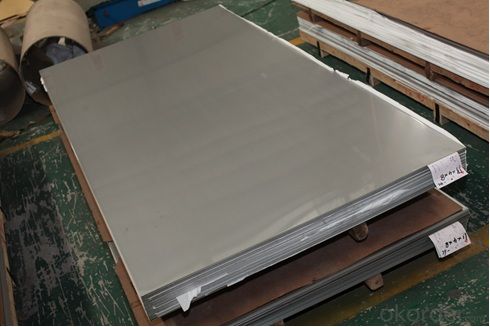
- Q: How do steel strips perform in high-stress or high-load applications?
- Steel strips perform exceptionally well in high-stress or high-load applications due to their inherent strength and durability. The high tensile strength of steel allows it to withstand substantial pressure and heavy loads without deformation or failure. Additionally, steel's resistance to fatigue and corrosion ensures its long-term performance and reliability in demanding conditions.
- Q: Are steel strips suitable for precision applications?
- Yes, steel strips are suitable for precision applications. Steel strips offer high strength, durability, and excellent dimensional stability, which are essential requirements for precision applications. Additionally, steel strips can be manufactured with tight tolerances and are readily available in various thicknesses and widths, making them highly versatile for precision applications in industries such as automotive, aerospace, and electronics.
- Q: What are the protective coating options for steel strips?
- There are several protective coating options available for steel strips, including galvanization, powder coating, epoxy coating, and paint. These coatings help to prevent corrosion, improve durability, and enhance the aesthetic appearance of the steel strips.
- Q: How are steel strips used in the production of metal fences?
- Metal fences rely on steel strips as a vital ingredient in their manufacturing process. These strips are typically crafted from top-notch steel that possesses high durability and resistance against corrosion, making them well-suited for outdoor usage. Within the production process, steel strips serve to construct the skeleton or framework of the metal fence. They are trimmed to the necessary dimensions and molded into various sections, such as posts, rails, and pickets. This framework provides the fundamental strength and support required to withstand external forces, such as wind or impact. Furthermore, steel strips may also be employed to fortify the connection points of the fence. They can be either welded or bolted onto the framework to amplify stability and eliminate any potential weak spots. This reinforcement guarantees the fence's stability and security. Moreover, steel strips can also be utilized to amplify the visual appeal of the metal fence. They can be shaped into decorative patterns or designs, adding a visually pleasing component to the overall appearance of the fence. These strips may also be utilized as ornamental features on the top or between sections of the fence, further enhancing its aesthetics. In summary, steel strips occupy a vital role in the production of metal fences. They offer the necessary strength, durability, and support required to create a robust and long-lasting fence. Additionally, they contribute to the visual allure of the fence, making it an attractive choice for both residential and commercial applications.
- Q: What are the common alloying elements used in steel strips?
- Steel strips commonly contain alloying elements such as carbon, manganese, silicon, and occasionally small quantities of chromium, nickel, and vanadium. The primary alloying element, carbon, significantly boosts the strength and hardness of the steel. Manganese is incorporated to enhance the steel's toughness and hardenability, while silicon aids in deoxidizing the molten steel and amplifies its strength. The addition of chromium and nickel often heightens the steel's resistance to corrosion and overall mechanical properties. Vanadium may be utilized to improve strength and wear resistance. The specific combination and proportion of these alloying elements are determined by the desired properties of the steel strip and its intended application.
- Q: How are steel strips protected against magnetic interference?
- Steel strips can be protected against magnetic interference by applying a thin layer of non-magnetic material or coating, such as a polymer or ceramic, on the surface of the strips. This layer acts as a shield, preventing external magnetic fields from affecting the steel strips.
- Q: Can steel strips be used in structural applications?
- Yes, steel strips can be used in structural applications. Steel strips are commonly used in construction and engineering projects due to their high strength and durability. They are often utilized as structural members, such as beams, columns, and braces, in various types of buildings, bridges, and infrastructure. The versatility and reliability of steel strips make them an ideal choice for supporting heavy loads and providing structural stability.
- Q: Can steel strips be used for making agricultural machinery?
- Indeed, agricultural machinery can indeed be crafted using steel strips. Given its robustness, longevity, and ability to resist deterioration, steel is a widely employed material in the production of agricultural machinery. Steel strips can be skillfully manipulated, fused, and molded into diverse components utilized in agricultural machinery, including plows, harrows, cultivators, seeders, and planters. Furthermore, for enhanced resistance against corrosion, steel strips can be galvanized, rendering them ideal for deployment in outdoor agricultural settings. On the whole, steel strips possess the essential attributes to endure the arduous conditions and rigorous utilization commonly linked with agricultural machinery.
- Q: What are the different welding techniques used for steel strips?
- There are several different welding techniques that can be used for steel strips, depending on the specific application and desired results. 1. Arc Welding: This is a common method used for steel strip welding, where an electric arc is created between an electrode and the workpiece. This process can be further categorized into different types such as shielded metal arc welding (SMAW), gas metal arc welding (GMAW), and gas tungsten arc welding (GTAW). Arc welding provides a strong and durable bond between steel strips. 2. Resistance Spot Welding: This technique involves applying pressure and heat to the steel strips at specific points using electrodes. The electric current passes through the strips, causing them to fuse together. Resistance spot welding is often used in automotive and manufacturing industries due to its speed and efficiency. 3. Laser Welding: Utilizing a high-powered laser beam, this technique melts and fuses the steel strips together. Laser welding offers precise control and minimal heat input, making it suitable for thin steel strips or applications that require high precision. 4. Electron Beam Welding: Similar to laser welding, electron beam welding uses a focused beam of electrons to melt and join the steel strips. This technique is particularly effective for welding thin strips or materials with high melting points. 5. Friction Stir Welding: This innovative technique involves a rotating tool that generates friction and heat between the steel strips, effectively joining them together. Friction stir welding is commonly used for aluminum and other non-ferrous metals but can also be adapted for steel strips. Each welding technique has its own advantages and limitations, and the choice depends on factors such as the thickness of the steel strips, desired strength, joint configuration, and production requirements. It is important to consider these factors and consult with welding experts to determine the most suitable technique for specific steel strip welding applications.
- Q: What are the common grades of steel used for manufacturing steel strips?
- The common grades of steel used for manufacturing steel strips include carbon steel, stainless steel, and alloy steel.
Send your message to us
SUS316L No. 1 Finish Stainless Steel Plate
- Loading Port:
- Tianjin
- Payment Terms:
- TT OR LC
- Min Order Qty:
- 15 m.t.
- Supply Capability:
- 1000 m.t./month
OKorder Service Pledge
OKorder Financial Service
Similar products
Hot products
Hot Searches
Related keywords




